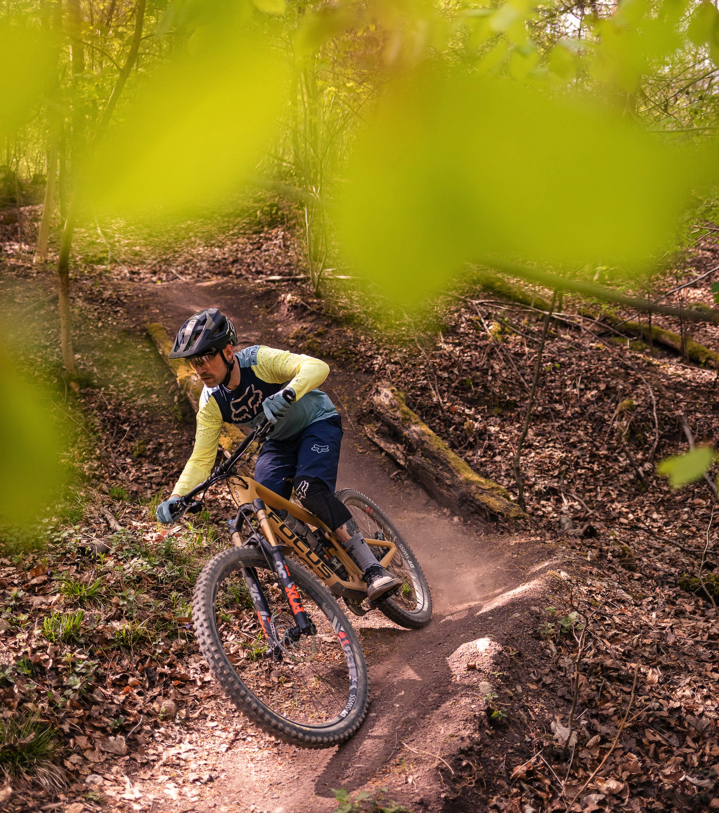Group Assessments for Sporting Teams
Tracking the welfare of your team is an important part of preparation and ensuring high-performance.
Each assessment is conducted with the individual participant and can be conducted in our lab or at a team’s premises, always managing the appropriate privacy requirements.
Assessments are non-invasive and, depending on the depth of the assessment required, can be completed within 30-90 minutes.
NeuroSports Labs can help your team reach its’ optimum level by offering:
- Pre-Season Baseline Assessments
- Post-Season Review Assessments
- Post-Career Post-Concussion Syndrome Assessments
- Return-To-Play Assessments

When should our team be assessed?
It is recommended that a Pre-Season Baseline Assessment be undertaken prior to participants commencing the competitive season and a Post-Season Review Assessment be undertaken a month after completion of the competitive season (to allow settling of any end of season contact incidents).
Return-To-Play Assessments are undertaken during the season on an ‘as notified’ basis to assess incidents occurring in-season and are assessed on a 2/7/12 day post-incident basis or for however long is required to ensure the participant is safe to return to competition.
On completion, a detailed report will be provided to the participant’s general practitioner and, subject to the participant’s consent, to your club or league.
It’s such a simple process to get assessed.
-
1
Make a booking
Make a booking to visit our purpose-built lab in Melbourne. Sometimes, just making the first move is the hardest part. Once you’ve booked in, you’re on your way to finding out answers.
Book an Assessment -
2
Arrive at the lab
Located centrally in Docklands, Melbourne, there’s ample parking nearby and easy access to the lab.
-
3
Initial Consult
Consultations take approximately 90 minutes and involve multi-modality testing including eye-movements, cognitive testing, neuro-sensory and brain stimulation assessments.
-
4
Follow up
You’ll receive a detailed report of your assessment and provide suggestions for evidence-based rehabilitation and currently available treatment options, based on our scientific research.
